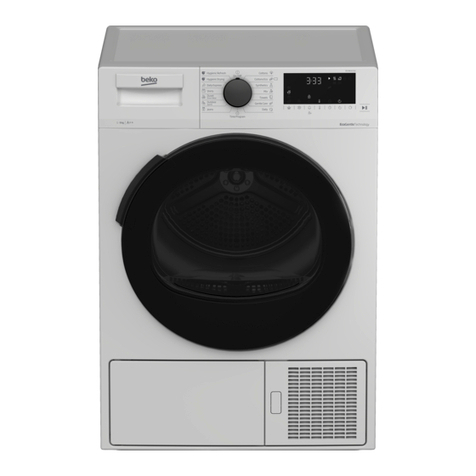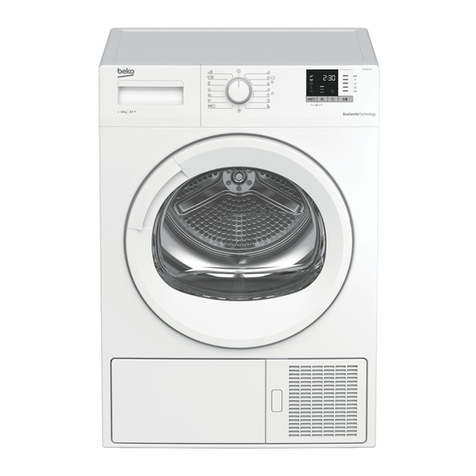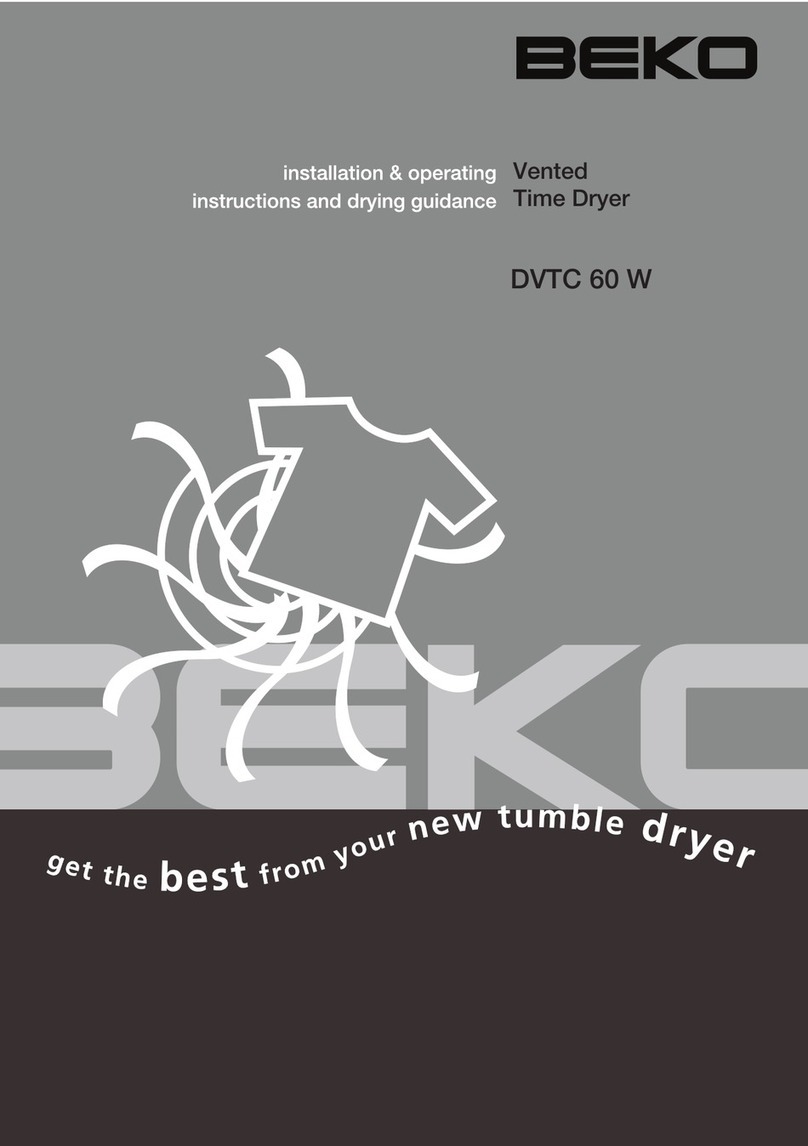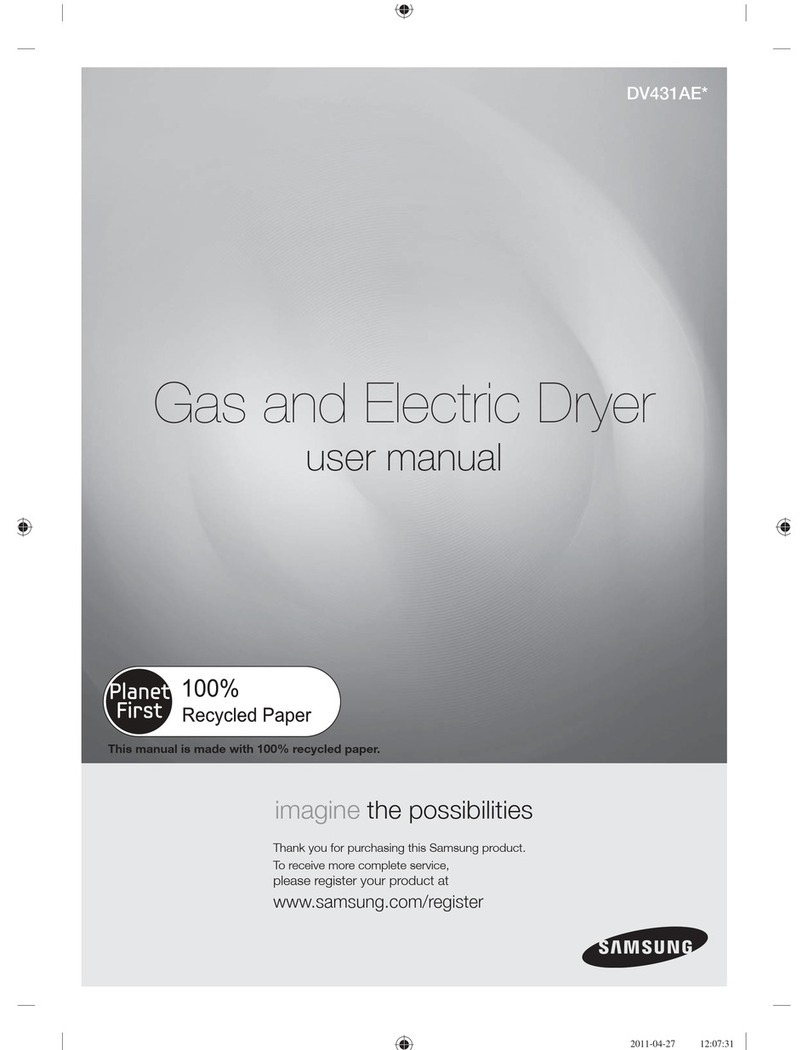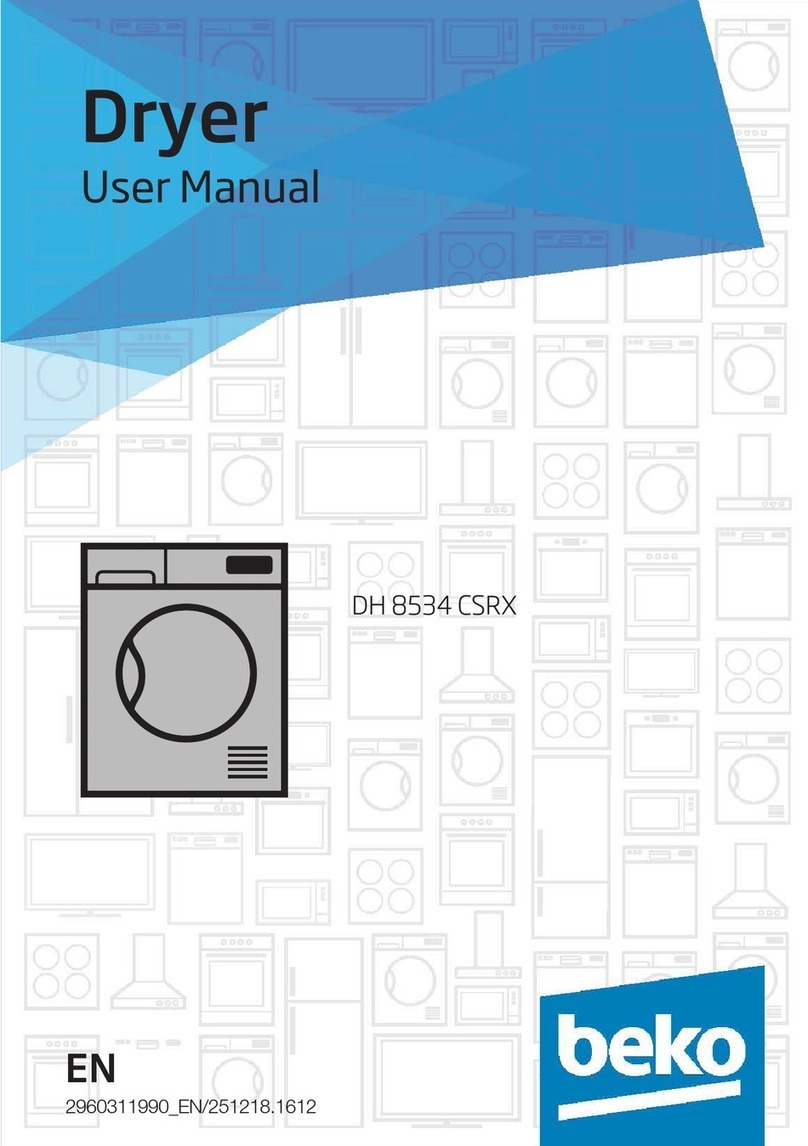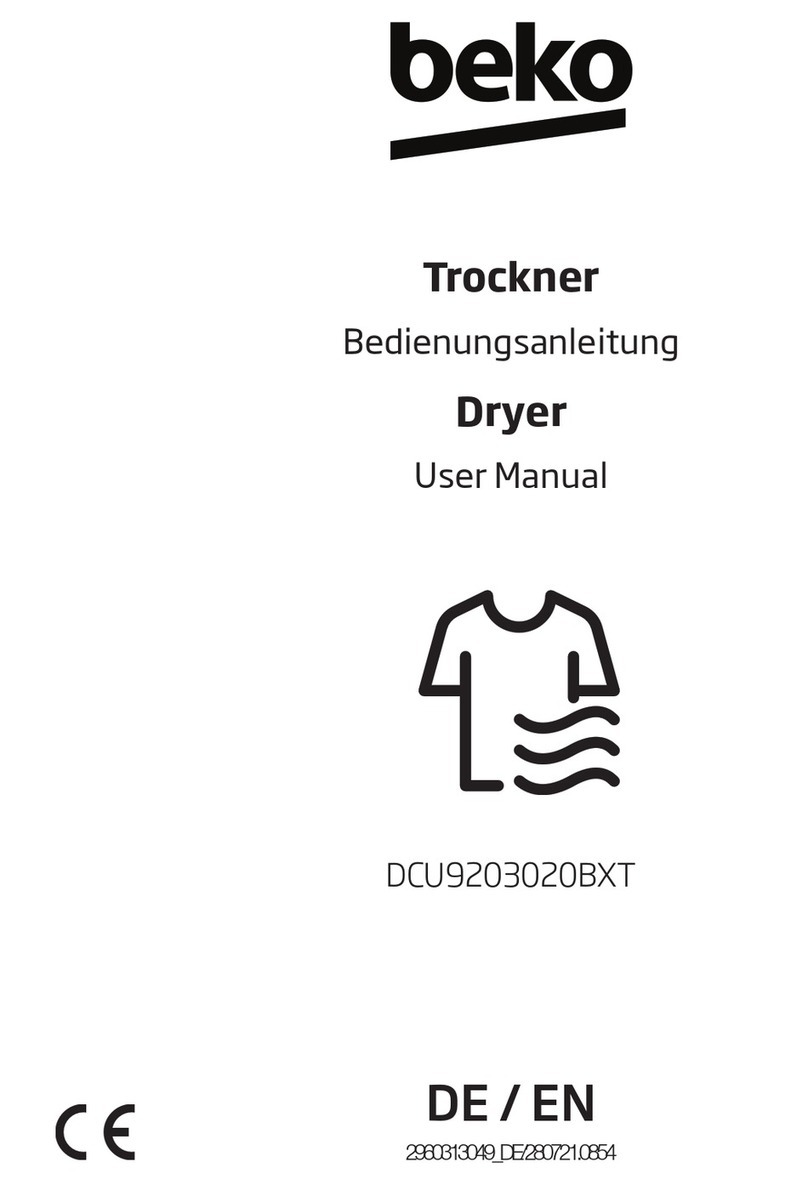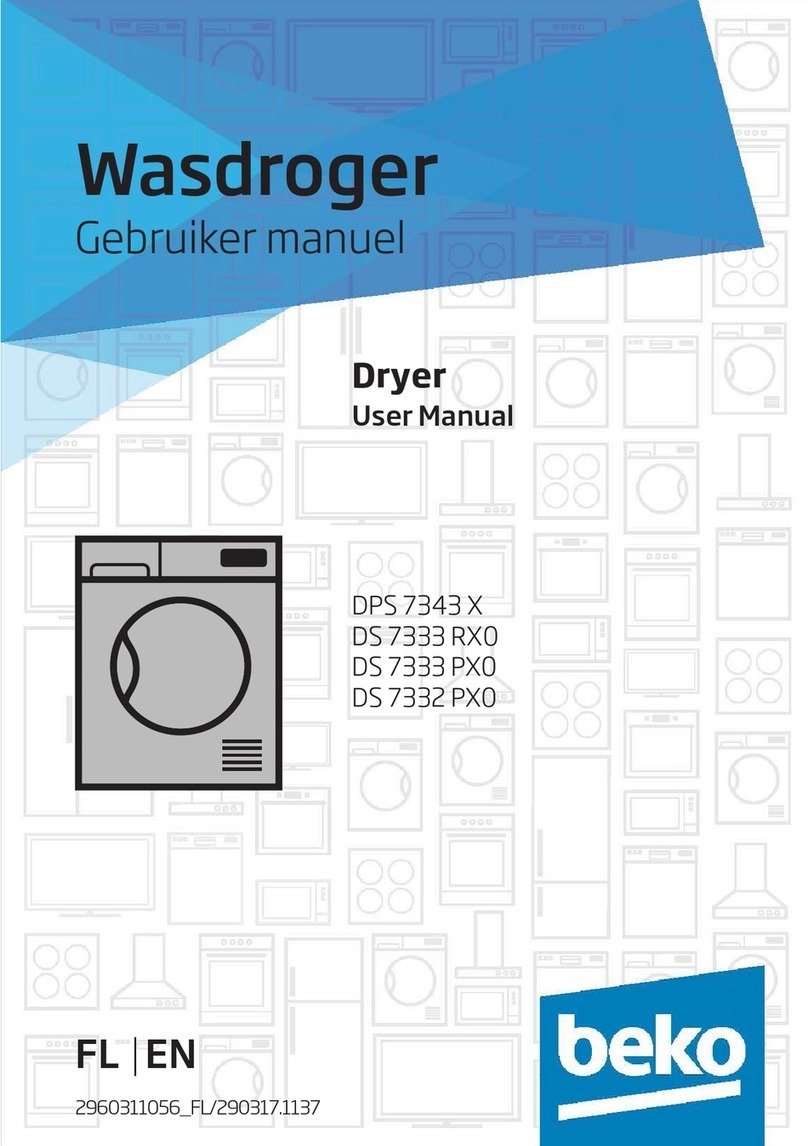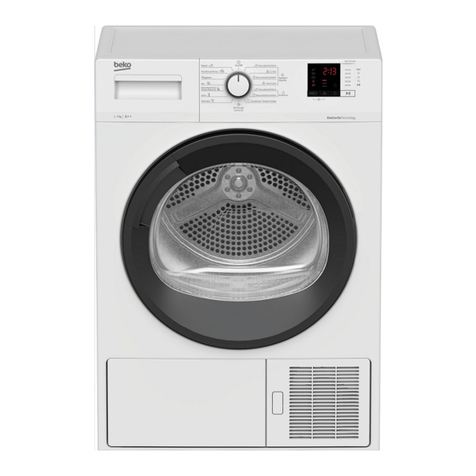
EN Installation and operating manual
DRYPOINT®AC 410 – 495 | DRYPOINT®AC 410 – 495 MS 3
Contents
1. Safety warnings and instructions.................................................................................................................. 5
1.1. Pictograms and symbols ........................................................................................................................... 5
1.2. Signal words according to ISO 3864 and ANSI Z.535............................................................................... 5
1.3. General safety instructions........................................................................................................................ 6
1.3.1. Safety precaution during plant operation ....................................................................................... 8
1.3.2. Risk of injury from electric energy .................................................................................................. 8
1.3.3. Risks from adsorbents ................................................................................................................... 9
1.3.4. Safety instructions for maintenance work .................................................................................... 10
1.4. Transport and storage ............................................................................................................................. 11
1.5. Intended use............................................................................................................................................ 13
1.5.1. Warranty and liability .................................................................................................................... 14
1.5.2. Duties of the plant operator.......................................................................................................... 14
1.5.2.1. Safety ........................................................................................................................... 14
1.5.2.2. Plant operation ............................................................................................................. 14
1.5.3. Duties of personnel ...................................................................................................................... 14
2. Product information ...................................................................................................................................... 14
2.1. Scope of delivery..................................................................................................................................... 14
2.2. Type plate................................................................................................................................................ 15
2.3. Product overview and description ........................................................................................................... 15
2.3.1. Operating principle of adsorption dryer ........................................................................................ 15
2.3.1.1. Prelter with condensate drain ..................................................................................... 15
2.3.1.2. Afterlter ....................................................................................................................... 15
2.3.2. Function of DRYPOINT®AC 410 – 495 ...................................................................................... 16
2.3.2.1. Adsorption..................................................................................................................... 16
2.3.2.2. Regeneration................................................................................................................ 16
2.3.2.3. Pressure build-up ........................................................................................................ 17
2.3.2.4. Switching over of plant ................................................................................................. 17
2.3.2.5. Intermittent operation ................................................................................................... 17
2.3.3. Control and display elements....................................................................................................... 17
2.3.4. Display (standard version) ........................................................................................................... 17
2.3.4.1. Service messages (standard version) .......................................................................... 17
2.3.4.2. Acknowledging service messages (standard version).................................................. 19
2.3.5. Text display (dew point control version) ....................................................................................... 21
2.3.5.1. Button functions............................................................................................................ 21
2.3.5.2. Display layout ............................................................................................................... 21
2.3.5.3. Second level (with SET button) .................................................................................... 23
2.4. Parts and components ............................................................................................................................ 24
2.5. Dimensions.............................................................................................................................................. 25
2.6. Technical data ......................................................................................................................................... 26
3. Installation...................................................................................................................................................... 27
3.1. Warning ................................................................................................................................................... 28
3.2. Installation area ....................................................................................................................................... 28
3.3. Bypass line (optional) .............................................................................................................................. 29
3.4. Connection to compressed air system .................................................................................................... 29
3.4.1. Compressed air quality ................................................................................................................ 29
3.5. Intermittent operation .............................................................................................................................. 29
4. Electrical installation..................................................................................................................................... 30
4.1. Warning ................................................................................................................................................... 30
4.2. Connection PCBs .................................................................................................................................... 31
4.2.1. Basic control PCB ........................................................................................................................ 31
4.3. Connection to power supply .................................................................................................................... 32
4.4. Function of electrical control.................................................................................................................... 32
